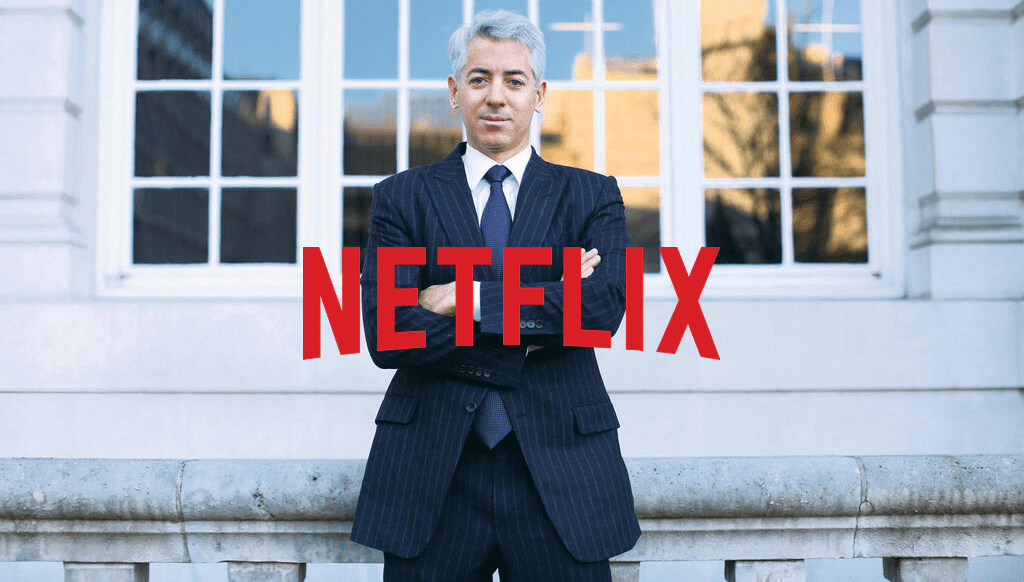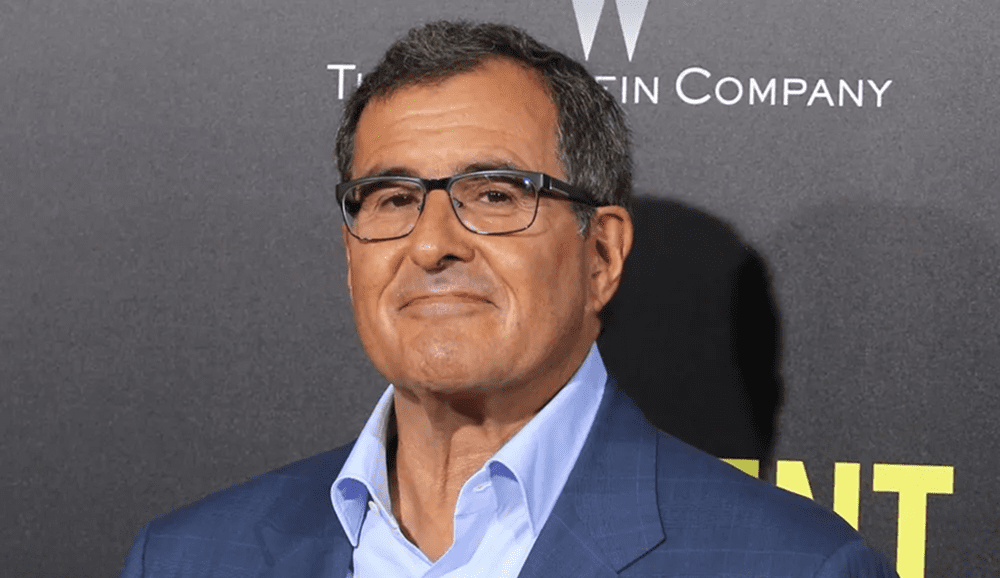Let’s take a moment to appreciate one of the most expensive “what ifs” in recent investment memory.
Back in January 2022, billionaire investor Bill Ackman made headlines when his hedge fund, Pershing Square Capital, dove headfirst into Netflix. The stock had just taken a 20% dive after a rough earnings report, trading around $400. Ackman saw an opportunity and bet big—$1.1 billion big—snapping up 3.1 million shares and telling investors he was all in on the streaming giant’s long-term vision.
But the plot thickened. Just three months later, Netflix posted a subscriber loss for the first time in over a decade. Panic spread, the stock dropped again—this time to around $225—and Ackman did something rare for a Buffett-inspired buy-and-holder: he pulled the plug. He liquidated the entire position, taking a roughly $400 million loss and telling investors that the future of Netflix had become “too uncertain” to justify holding.
At the time, the move seemed reasonable. Netflix stock kept falling into June 2022, bottoming out around $175.
But here’s the kicker.
Not long after, Netflix rebounded—hard. By mid-2023, the stock had climbed back above Ackman’s entry point. By 2024, it was closing in on its all-time high of $700. Today, shares are sitting north of $625, up over 53% from where Ackman bought in.
So let’s do the math: had Pershing Square simply held the position, those same 3.1 million shares would now be worth just under $2 billion. Instead, Ackman locked in a loss and watched from the sidelines as the comeback unfolded like, well, a Netflix drama.
To be fair, Ackman’s not hurting. Pershing rebounded with a 20% return in 2024 and is pacing for another strong year. But the Netflix saga stands as a sharp reminder that even the savviest investors sometimes blink too early—and that long-term plays only pay off if you, you know, stick around for the long term.
In Hollywood terms? This one deserved a sequel. Ackman just left before the credits rolled.

















